E-commerce Growth
The Game Camera Market is experiencing a transformation due to the rapid growth of e-commerce platforms. Consumers are increasingly turning to online shopping for convenience and access to a broader selection of game cameras. This shift is reflected in the sales data, which shows a significant rise in online purchases of outdoor equipment, including game cameras. E-commerce allows manufacturers to reach a wider audience and provides consumers with the ability to compare products easily. As online shopping continues to expand, it is likely that the Game Camera Market will see sustained growth, driven by the accessibility and convenience that e-commerce offers.
Technological Advancements
The Game Camera Market is experiencing a surge in technological advancements that enhance the functionality and performance of game cameras. Innovations such as high-resolution imaging, infrared night vision, and wireless connectivity are becoming standard features. These advancements not only improve the quality of captured images but also facilitate remote monitoring and data transfer. According to recent data, the integration of artificial intelligence in game cameras is expected to increase efficiency in wildlife monitoring and research. As a result, consumers are increasingly drawn to these technologically superior products, driving growth in the market. The demand for advanced features is likely to continue, suggesting a robust future for the Game Camera Market.
Rising Interest in Wildlife Conservation
The Game Camera Market is significantly influenced by the growing interest in wildlife conservation and management. As awareness of environmental issues increases, more individuals and organizations are utilizing game cameras for monitoring wildlife populations and habitats. This trend is reflected in the rising sales of game cameras, with estimates indicating a potential increase in market size by over 20% in the coming years. Game cameras serve as essential tools for researchers and conservationists, providing valuable data that aids in the preservation of biodiversity. The emphasis on conservation efforts is likely to bolster the Game Camera Market, as more stakeholders recognize the importance of these devices in ecological studies.
Increased Outdoor Recreational Activities
The Game Camera Market is benefiting from the rise in outdoor recreational activities, such as hunting, hiking, and wildlife photography. As more individuals engage in these activities, the demand for game cameras is expected to grow. Recent statistics indicate that outdoor participation has surged, with millions of people seeking to connect with nature. Game cameras are increasingly viewed as essential gear for outdoor enthusiasts, providing a means to capture and document wildlife encounters. This trend suggests a promising outlook for the Game Camera Market, as manufacturers respond to the growing consumer base by offering a wider range of products tailored to various outdoor activities.
Consumer Demand for User-Friendly Features
The Game Camera Market is witnessing a shift in consumer preferences towards user-friendly features in game cameras. As technology evolves, consumers are seeking devices that are easy to operate and set up, with intuitive interfaces and straightforward functionalities. This demand is reflected in market trends, where products with simplified features are gaining popularity among both novice and experienced users. Manufacturers are responding by designing cameras that cater to this need, incorporating features such as mobile app connectivity and easy installation processes. This focus on user experience is likely to enhance the appeal of game cameras, contributing positively to the growth of the Game Camera Market.



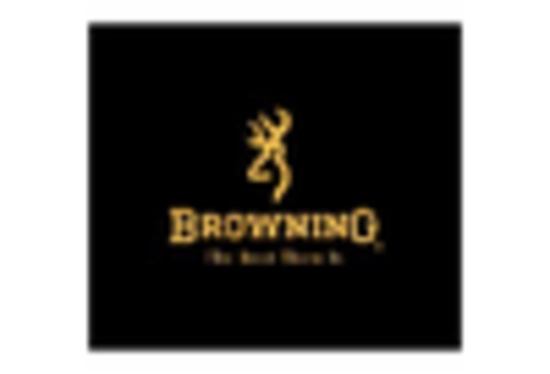

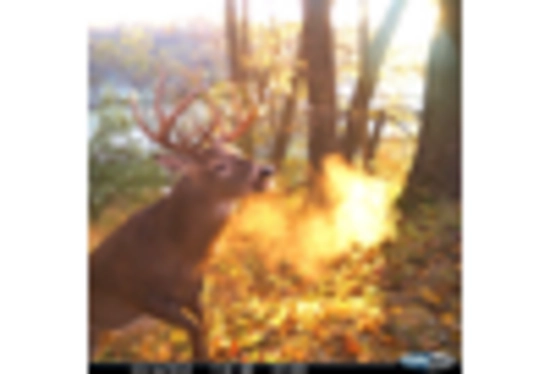
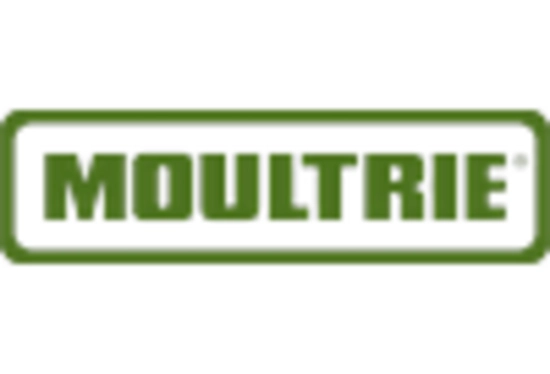
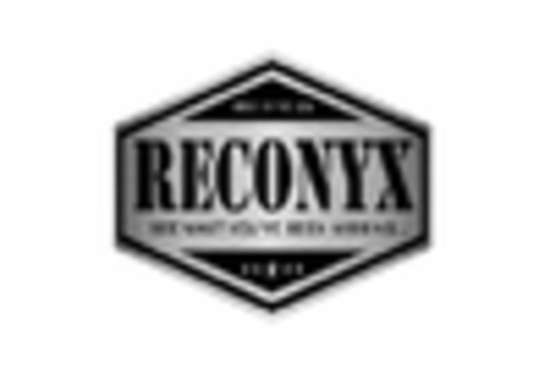
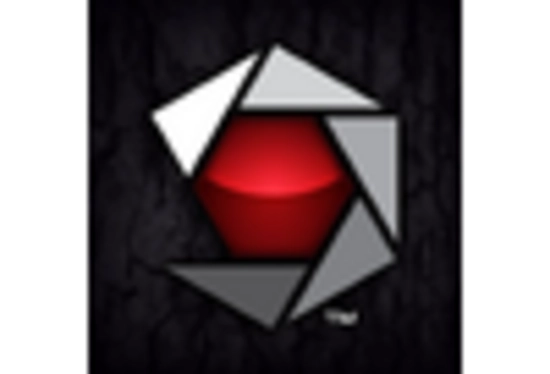








Leave a Comment